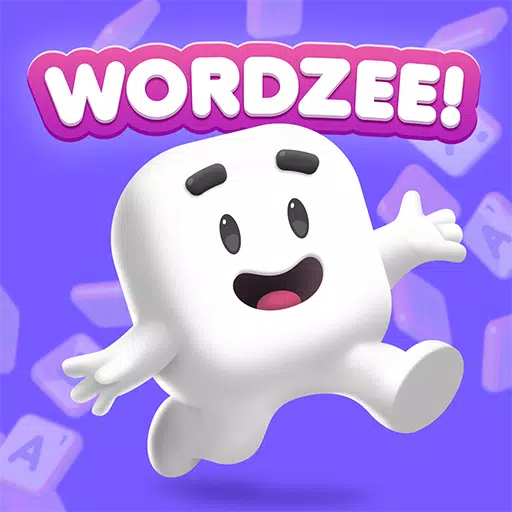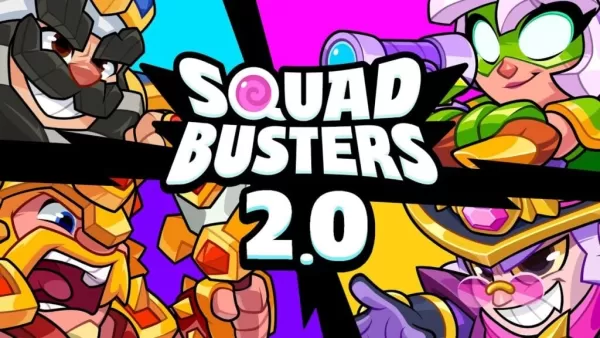Microsoft Hikes Xbox Prices; Analysts Predict Similar Moves by PlayStation
In recent weeks, the gaming industry has seen a significant shift with Microsoft increasing the prices of all its Xbox Series consoles and many accessories worldwide, alongside setting new game prices at $80 this holiday season. Not long before, PlayStation raised its console prices in select regions, and Nintendo adjusted its Switch 2 accessory prices and announced its first $80 game. These moves signal a broader trend of tariff-induced price hikes across the sector, which might feel overwhelming as each new announcement rolls in.
To understand these changes, I reached out to several industry analysts to discuss the reasons behind these price adjustments, the future cost of gaming, and whether this spells trouble for the industry. The consensus is that while video games and consoles are here to stay, players should brace for higher prices across the board.
Why Is Everything So Expensive?
When I asked analysts why Microsoft chose this moment to raise prices on its consoles and accessories, the answer was clear: tariffs. The increased costs stem primarily from tariffs, though rising development and manufacturing expenses also play a role. Dr. Serkan Toto, CEO of Kantan Games, Inc., pointed out that since Xbox consoles are manufactured in Asia, the price increases are hardly surprising. He noted that Microsoft smartly used the current economic climate as a backdrop to announce global price hikes, minimizing potential backlash by doing so in a single, decisive move.
Joost van Dreunen, a professor at NYU Stern and author of the SuperJoost Playlist newsletter, echoed Toto’s sentiment. He described Microsoft's approach as "ripping off the Band-Aid all at once" rather than subjecting consumers to gradual increases. This strategy allows Microsoft to adjust prices globally in response to tariff pressures, while consolidating consumer reaction into a single news cycle.
Other analysts, like Manu Rosier from Newzoo and Rhys Elliott from Alinea Analytics, also highlighted tariffs as a major factor. Rosier noted that announcing the price increase well before the holiday season gives partners and consumers time to adjust. Elliott pointed out that while digital software remains unaffected by tariffs, the increased game prices help offset the higher hardware manufacturing costs.
Piers Harding-Rolls from Ampere Analytics added that macroeconomic factors, such as persistent inflation and supply chain costs, contribute to these price adjustments. He noted that the launch pricing of competitors like the Switch 2 and Sony's recent hikes made it easier for Microsoft to make these changes now, particularly after their earnings announcement.
Blinking Third
The big question now is whether Sony will follow suit with price increases on PlayStation hardware, accessories, and games. Most analysts believe it's likely. Rhys Elliott is particularly confident, suggesting that with both Nintendo and Xbox raising software prices, the market is now open for $80 games. He predicts a varied pricing strategy with games at multiple price points, allowing for a longer sales tail.
Daniel Ahmad from Niko Partners noted that while Sony has already raised console prices in some regions, the U.S. might be next due to its significant market size. James McWhirter from Omdia pointed out that the majority of PS5 hardware is manufactured in China, making it vulnerable to U.S. tariffs. However, the timing of these increases might be delayed due to existing inventory levels and seasonal sales patterns.
Mat Piscatella from Circana was cautious about predicting Sony’s moves but referenced the Entertainment Software Association's statements on tariffs, suggesting that rising prices are merely symptoms of larger issues. Meanwhile, Nintendo mentioned it might consider appropriate price adjustments if tariffs continue to fluctuate.
Video Games Are Fine... But Are We?
Amid these price increases, there's concern about the impact on console manufacturers. However, analysts don't see a significant threat to the industry. Microsoft's 'This Is An Xbox' campaign indicates a shift towards a service-oriented model, lessening reliance on hardware sales. Harding-Rolls noted that while Xbox hardware sales might decline, the launch of GTA 6 in Q2 2026 could provide a boost.
Despite rising prices, analysts like Elliott and Rosier believe that overall spending on games will remain stable, albeit shifting towards subscriptions, discounted bundles, and live-service games. The U.S., being the largest console market, might feel more impact due to localized tariffs, but growth is still expected in regions like Asia and MENA, according to Ahmad.
McWhirter highlighted that while full game pricing hasn't typically followed inflation, the quick move to $80 games by Xbox and Nintendo suggests that more publishers will adopt similar strategies. Nintendo might adjust its Switch Online Game Vouchers to accommodate these higher prices.
Piscatella expressed a more cautious outlook, noting the unpredictability of the market. He anticipates a shift towards free-to-play games and increased reliance on existing devices as prices for everyday goods rise, potentially reducing disposable income for gaming in the U.S. He also mentioned the possibility of a high single-digit or even teen percentage decline in gaming expenditures, reflecting the increased uncertainty in the market.





























